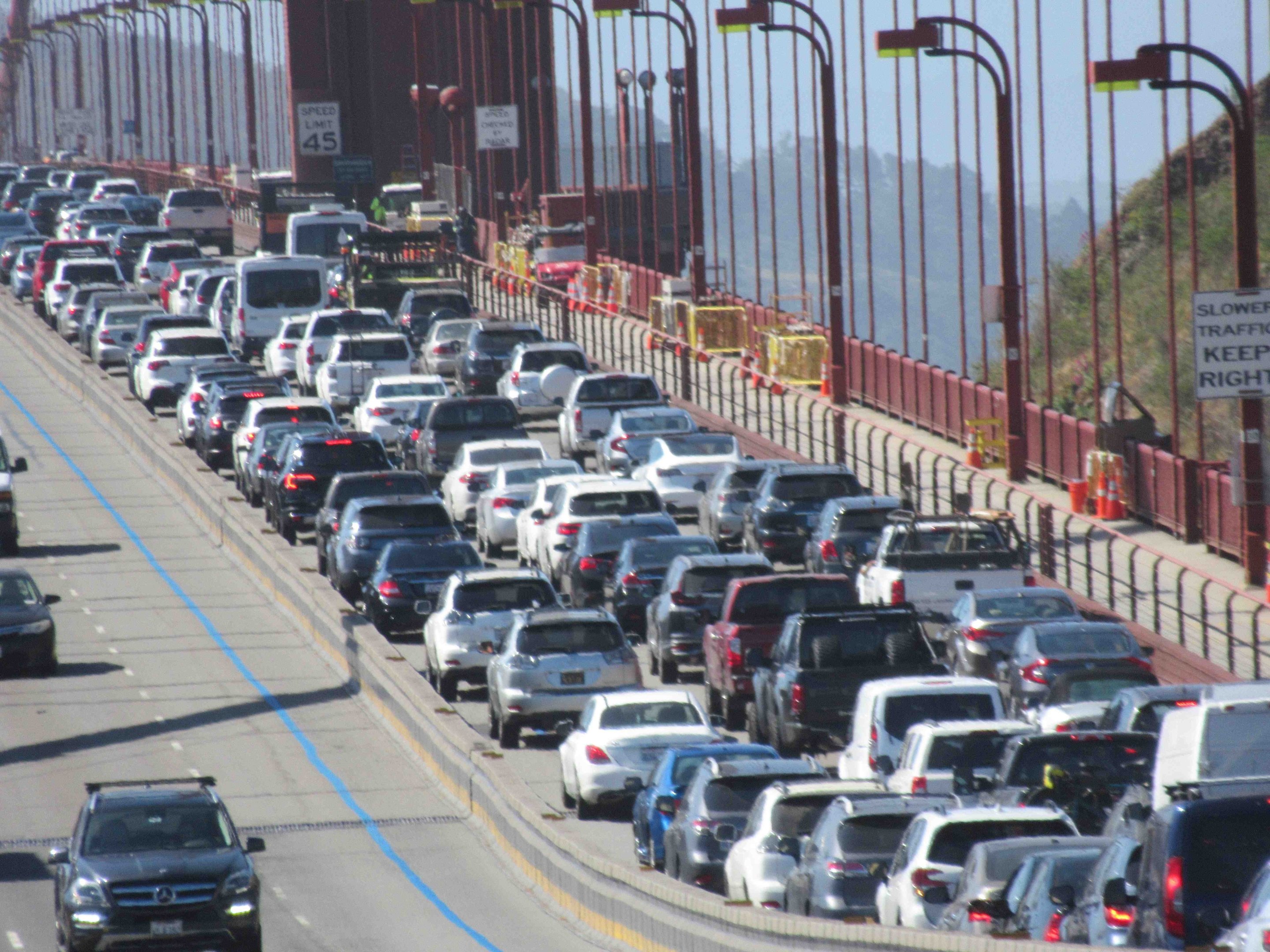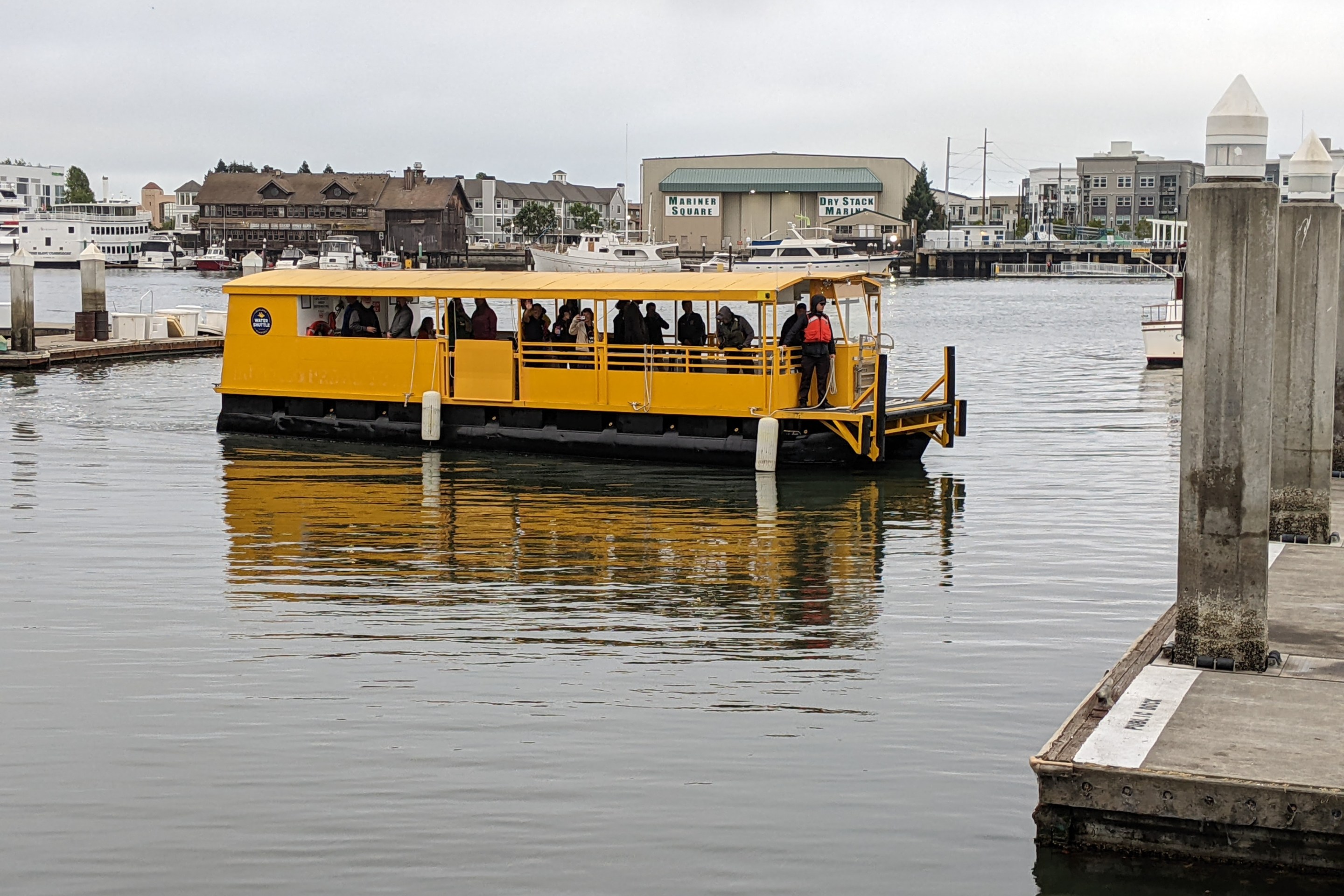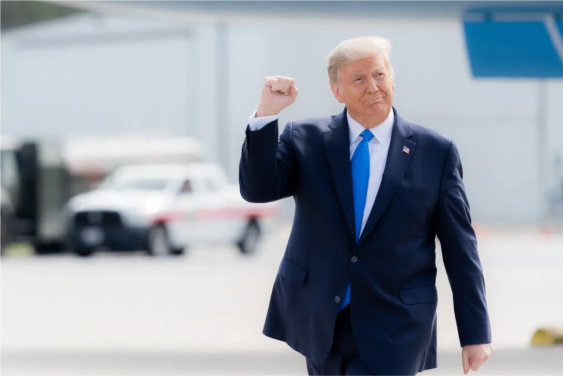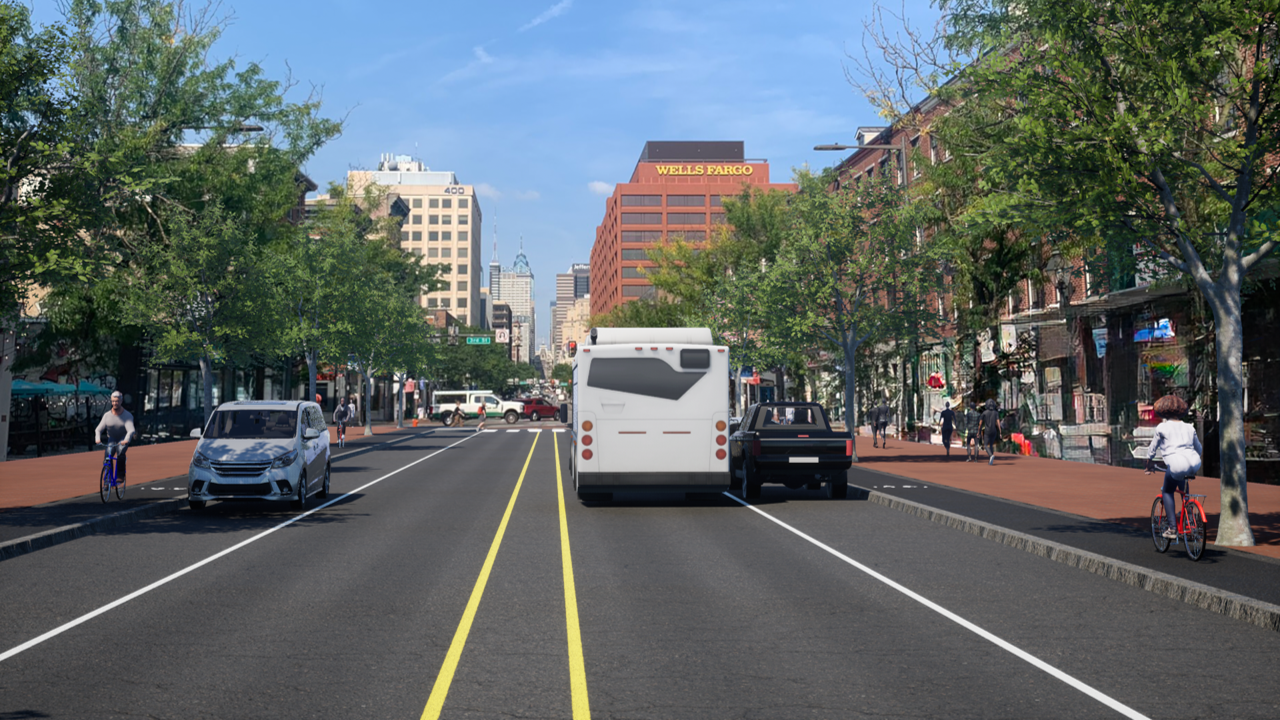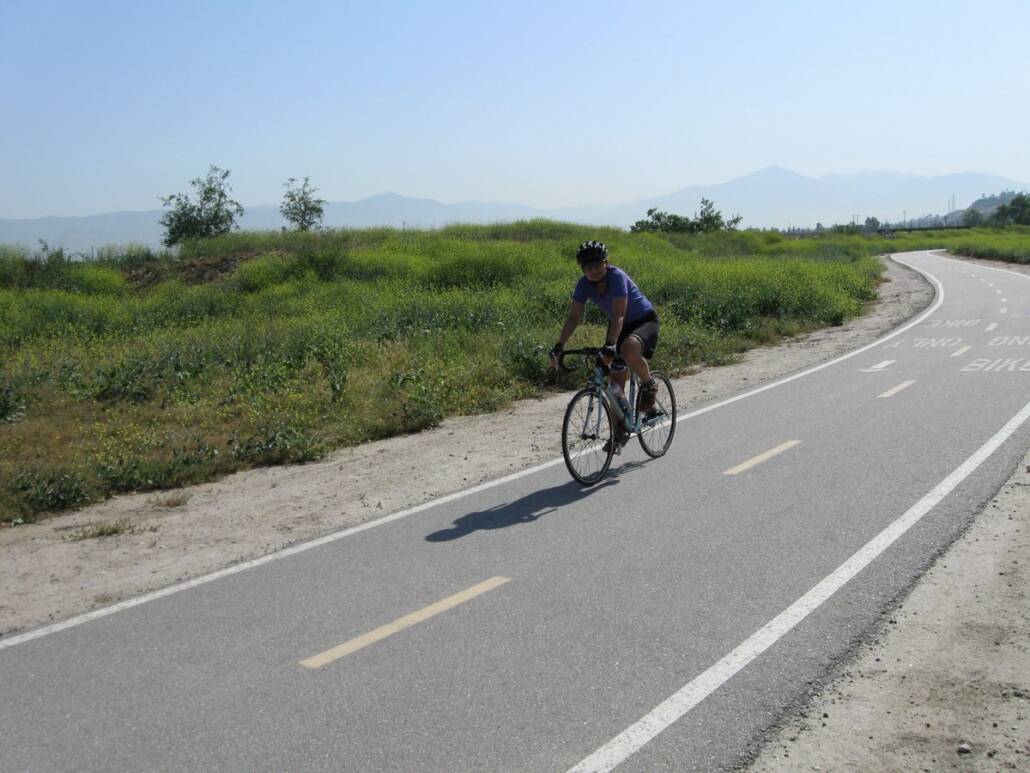San Francisco and other cities in California are moving into the "yellow" tier of the COVID pandemic, meaning all previously closed sectors can now open. Expansion will include "all activities to 50% indoor capacity, unless the State requires more restrictive capacity limits. Where possible, the City will remove limits on the number of people participating in activities and loosen other operating restrictions. Live spectator events, festivals, meetings, receptions, and conventions will see significant expansions as well," wrote Mayor London Breed's office in a release.
More from the Mayor's office:
The rate of new cases and the very small number of hospitalizations is a direct result of San Francisco’s vaccination efforts. As of today, 72% of San Francisco’s eligible population has received at least one dose of the COVID-19 vaccine, almost twice the percentage of people vaccinated six weeks ago when the City was moving into the orange tier. Additionally, 86% of the City’s residents over 65 have received at least one dose of the COVID-19 vaccine and 73% are fully vaccinated.
San Francisco's high vaccination rate and relatively low COVID rates overall are the result of strong leadership from health and other public officials--and the advanced cooperation of companies that sent employees home early in the pandemic. Bay Area residents generally understood the significance of COVID's communicability and spread rate and made bold and tough decisions while other cities hesitated.
When compared to what happened in New York, or even Los Angeles, following the science saved countless lives in 2020--just as the focus on getting vaccines into arms is paying off now.
Countries around the world continue to suffer almost unimaginable horrors thanks to COVID. And the Bay Area may not be fully out of the woods yet. But it's long past time for leaders to dedicate themselves to doing their part to solve that other ongoing catastrophe: global warming.
Half a world away, in Germany, leaders announced Wednesday that they will achieve zero emissions by 2045. Germany has long been electrifying and investing in its rail and transit systems, and the renewable energy sources to power them. They're also going all-in on making the bicycle the primary means of urban transport and banning cars in the city center in Berlin and other cities. Nik Kaestner, a recent transplant from the Bay Area to Berlin who pushed for upgrades to the roundabout near an SFUSD school, was so impressed he started a blog about these bold efforts.
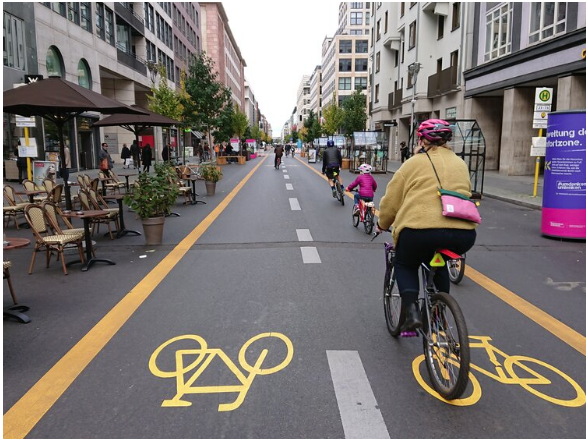
Readers are no doubt aware that similar pushes are underway in Paris and other major European cities to de-carbonize with urgency.
San Francisco, Oakland, and other cities have made strides during the pandemic, through various open streets and slow streets efforts. But the back-sliding began almost immediately. And if leaders don't show the same kind of grit and determination they showed in the early days of the pandemic about COVID, it's a matter of time before this opportunity to lead the way towards a less polluting future is lost.
Perhaps it's already too late.
As professor and writer Jason Henderson posted on Twitter today, "Cars [are] pouring into San Francisco from Marin this morning. Yellow-tier indoor openings happen this Thursday. What is the Plan? Is there a Plan?" He linked to a story in the Washington Post entitled: "NOAA unveils new U.S. climate ‘normals’ that are warmer than ever." From that story: "The great challenge in depicting “normal” climate is that U.S. climate is no longer stationary, as increases in greenhouse gases push temperatures ever upward."
And yet, San Francisco continues to debate whether it should keep a small portion of JFK drive in Golden Gate Park car-free to preserve a handful of parking spaces?
If you don’t like the coronavirus, you’re going to hate the climate crisis. If we get the climate emergency under control soon, we can avoid the deprivation, restrictions & disruption that will come from inaction. If we can bend the corona curve, we can bend the carbon curve. pic.twitter.com/ZmXHAo9tqK
— Adam Bandt (@AdamBandt) April 27, 2020
A recent poll by the group Environment California found that nearly two-thirds of Californians think the state isn't doing enough to fight climate change. So why in the lead photo isn't there a transit-only lane so buses can bypass all this traffic? Why is there still no bike or transit lane across the Oakland Bay Bridge? The debate shouldn't be about whether cars should return to JFK. The debate should be about how is the Bay Area going to reduce emissions everywhere, as fast as possible.
The pandemic took a staggering 578,000 lives in the U.S. and continues to ravage countries across the world. The ongoing crisis of global warming threatens to take many more. There's hope with the election of Joe Biden and an administration that seems to be taking climate change seriously. Now the Bay Area has to follow the lead of the great cities of Europe and redouble efforts to build a more sustainable future.
If that happens, perhaps this time the rest of the country will join San Francisco's lead. Because if the pandemic underscored anything, it's that paying lip-service to or otherwise ignoring the warnings of good science does not end well.
